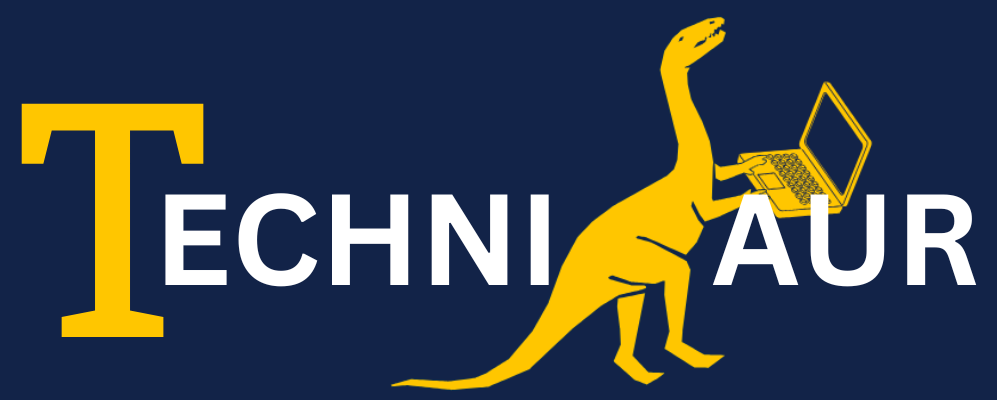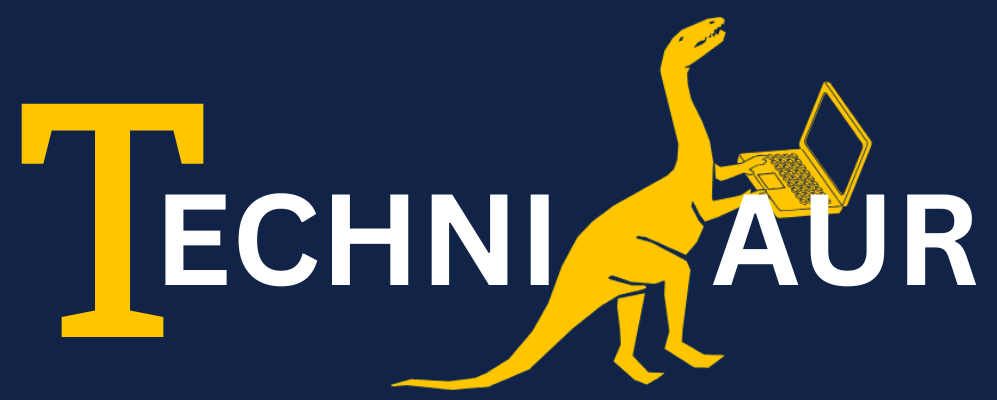Modules
Module 1: Get started with AI on Azure
With AI, we can build solutions that seemed like science fiction a short time ago; enabling incredible advances in health care, financial management, environmental protection, and other areas to make a better world for everyone.
Learning objectives
By the end of this module, you’ll be able to :
- In this module, you’ll learn about the kinds of solution AI can make possible and considerations for responsible AI practices.
Module 2 : Use Automated Machine Learning in Azure Machine Learning
Training a machine learning model is an iterative process that requires time and compute resources. Automated machine learning can help make it easier.
Learning objectives
By the end of this module, you’ll be able to :
- Learn how to use the automated machine learning user interface in Azure Machine Learning
Module 3: Create a regression model with Azure Machine Learning designer
Regression is a supervised machine learning technique used to predict numeric values. Learn how to create regression models using Azure Machine Learning designer.
Learning objectives
By the end of this module, you’ll be able to :
- Learn how to train and publish a regression model with Azure Machine Learning designer.
Module 4 : Create a classification model with Azure Machine Learning designer
Classification is a supervised machine learning technique used to predict categories or classes. Learn how to create classification models using Azure Machine Learning designer.
Learning objectives
By the end of this module, you’ll be able to :
- Train and publish a classification model with Azure Machine Learning designer
Module 5: Create a clustering model with Azure Machine Learning designer
Clustering is an unsupervised machine learning technique used to group similar entities based on their features. Learn how to create clustering models using Azure Machine Learning designer.
Learning objectives
By the end of this module, you’ll be able to :
- Train and publish a clustering model with Azure Machine Learning designer
Module 6 : Analyze images with the Computer Vision service
The Computer Vision service enables software engineers to create intelligent solutions that extract information from images; a common task in many artificial intelligence (AI) scenarios.
Learning objectives
By the end of this module, you’ll be able to :
- Learn how to use the Computer Vision cognitive service to analyze images.
Module 7: Classify images with the Custom Vision service
Image classification is a common workload in artificial intelligence (AI) applications. It harnesses the predictive power of machine learning to enable AI systems to identify real-world items based on images.
Learning objectives
By the end of this module, you’ll be able to :
- Learn how to use the Custom Vision service to create an image classification solution.
Module 8 : Detect objects in images with the Custom Vision service
Object detection is a form of computer vision in which artificial intelligence (AI) agents can identify and locate specific types of object in an image or camera feed.
Learning objectives
By the end of this module, you’ll be able to :
- Learn how to use the Custom Vision service to create an object detection solution.
Module 9: Detect and analyze faces with the Face service
Face detection, analysis, and recognition are important capabilities for artificial intelligence (AI) solutions. The Face cognitive service in Azure makes it easy integrate these capabilities into your applications.
Learning objectives
By the end of this module, you’ll be able to :
- Learn how to use the Face cognitive service to detect and analyze faces in images.
Module 10 : Read text with the Computer Vision service
Optical character recognition (OCR) enables artificial intelligence (AI) systems to read text in images, enabling applications to extract information from photographs, scanned documents, and other sources of digitized text.
Learning objectives
By the end of this module, you’ll be able to :
- Learn how to read text in images with the Computer Vision service
Module 11 : Analyze receipts with the Form Recognizer service
Processing invoices and receipts is a common task in many business scenarios. Increasingly, organizations are turning to artificial intelligence (AI) to automate data extraction from scanned receipts.
Learning objectives
By the end of this module, you’ll be able to :
- Learn how to use the built-in receipt processing capabilities of the Form Recognizer service
Module 12 : Analyze text with the Language service
Explore text mining and text analysis with the Language service’s Natural Language Processing (NLP) features, which include sentiment analysis, key phrase extraction, named entity recognition, and language detection.
Learning objectives
By the end of this module, you’ll be able to :
- Learn how to use the Language service for text analysis
Module 13 : Recognize and synthesize speech
Learn how to recognize and synthesize speech by using Azure Cognitive Services.
Learning objectives
By the end of this module, you’ll be able to :
- Learn about speech recognition and synthesis
- Learn how to use the Speech cognitive service in Azure
Module 14 : Translate text and speech
Automated translation capabilities in an AI solution enable closer collaboration by removing language barriers.
Learning objectives
By the end of this module, you’ll be able to :
- After completing this module, you will be able to perform text and speech translation using Azure Cognitive Services.
Module 15 : Create a language model with Conversational Language Understanding
In this module, we’ll introduce you to Conversational Language Understanding, and show how to create applications that understand language.
Learning objectives
By the end of this module, you’ll be able to :
- Learn what Conversational Language Understanding is.
- Learn about key features, such as intents and utterances.
- Build and publish a natural-language machine-learning model.
Module 16 : Build a bot with the Language Service and Azure Bot Service
Bots are a popular way to provide support through multiple communication channels. This module describes how to use a knowledge base and Azure Bot Service to create a bot that answers user questions.
Learning objectives
By the end of this module, you’ll be able to :
- After completing this module, you’ll be able to create a knowledge base with an Azure Bot Service bot.



Reviews
There are no reviews yet.